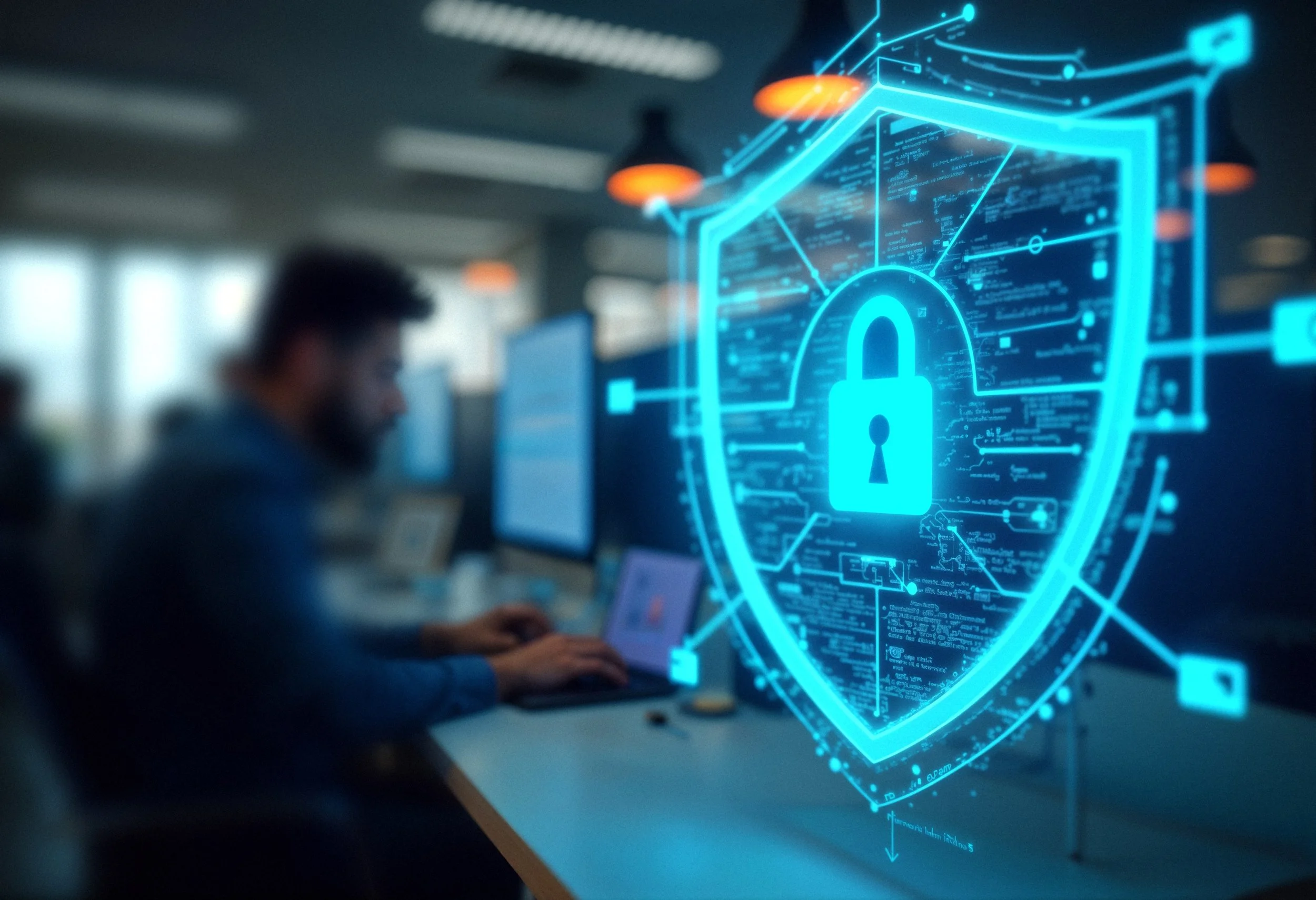How to enhance cyber security in audio visual systems
As audio visual (AV) systems grow more sophisticated and interconnected, they also become increasingly vulnerable to cyber threats. In modern workplaces, educational institutions, entertainment venues, and government facilities, AV technology is no longer isolated - it’s part of the networked ecosystem. This integration brings immense benefits but also introduces potential cybersecurity risks.
Protecting AV systems against digital threats is no longer optional. It’s a vital part of responsible system design, deployment, and maintenance. Here’s how organisations can enhance cybersecurity in AV environments to safeguard sensitive data, prevent disruptions, and ensure system reliability.
1. Understand the Risks
AV systems now include everything from video conferencing units and digital signage to control processors and streaming devices. These devices often connect to corporate networks and the internet, making them potential entry points for hackers.
Threats may include:
Unauthorised remote access
Malware and ransomware attacks
Data interception during video/audio transmission
Manipulation of digital signage or control systems
Compromise of microphones and cameras for surveillance
Understanding these risks is the first step towards building a robust defence.
2. Apply Network Segmentation
One of the most effective ways to protect AV systems is to keep them on a dedicated network segment. Isolating AV devices from critical business systems limits the damage a cyber attack can cause.
Use VLANs (Virtual Local Area Networks) to separate AV traffic from core IT infrastructure, and apply strict firewall rules to control access between them. This not only enhances security but can also improve performance by reducing network congestion.
3. Keep Software and Firmware Updated
Outdated software and firmware are prime targets for cybercriminals. Many AV devices, including projectors, control systems, and digital media players, rely on embedded operating systems that need regular updates to patch known vulnerabilities.
Establish a routine schedule to check for and apply updates. Where possible, enable automatic updates - but ensure they are tested in a controlled environment before deployment in live systems.
4. Use Strong Authentication and Access Controls
Default passwords are one of the most common weaknesses in AV systems. Change all default credentials during setup and implement complex passwords in line with your organisation’s IT policy.
Where feasible, integrate AV systems with your existing identity and access management (IAM) platform. Use multi-factor authentication (MFA) for administrator access and apply role-based access control (RBAC) to limit who can do what within the system.
5. Encrypt Data Transmission
AV systems often transmit sensitive audio and video content, especially in boardrooms, healthcare settings, and legal environments. Ensure that all data in transit—whether it’s between AV devices or to/from the cloud - is encrypted.
Protocols like Secure Real-Time Transport Protocol (SRTP) and HTTPS should be used as standard. Avoid using legacy systems that cannot support encrypted communication.
6. Conduct Regular Security Audits
Just as IT networks require regular security assessments, so too do AV systems. Conduct periodic audits to review system configurations, check for unauthorised devices, and test defences against known vulnerabilities.
Partnering with cybersecurity specialists who understand AV environments can help identify weak points that may otherwise go unnoticed.
7. Train Staff and End Users
Human error is a leading cause of security breaches. Train AV technicians, IT staff, and end users on basic cybersecurity hygiene. This includes recognising phishing attempts, safely using video conferencing tools, and reporting suspicious activity.
Make cybersecurity awareness a regular part of team training - especially as new systems and tools are introduced.
8. Work with Cybersecurity-Conscious Vendors
When sourcing AV equipment and services, choose manufacturers and integrators who prioritise cybersecurity. Ask vendors about their security practices, how often their firmware is updated, and whether their devices support features like encryption and secure boot.
Opt for vendors who align with recognised cybersecurity standards and demonstrate transparency about their practices.
Conclusion
In the digital age, audio visual systems are no longer isolated tools - they’re integral components of networked environments. As such, they must be treated with the same level of security as other IT infrastructure.
By implementing clear policies, keeping systems updated, educating users, and enforcing strong access controls, organisations can significantly reduce their exposure to cyber threats.
Cybersecurity in AV isn’t just a technical responsibility - it’s a shared commitment to protecting your organisation’s operations, reputation, and data integrity.
To discuss this further, talk to one of our friendly AV specialists today:
0113 256 2200


